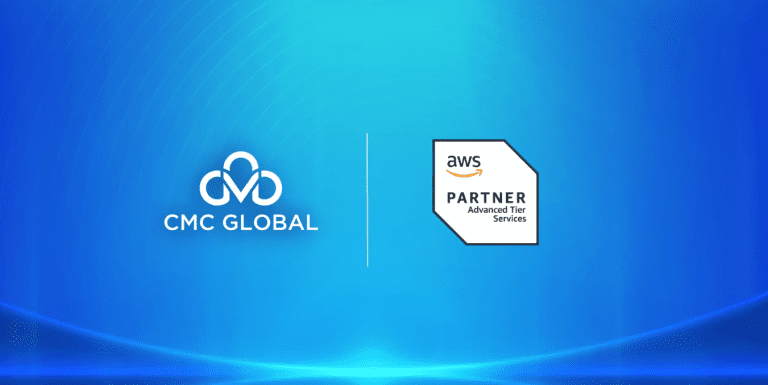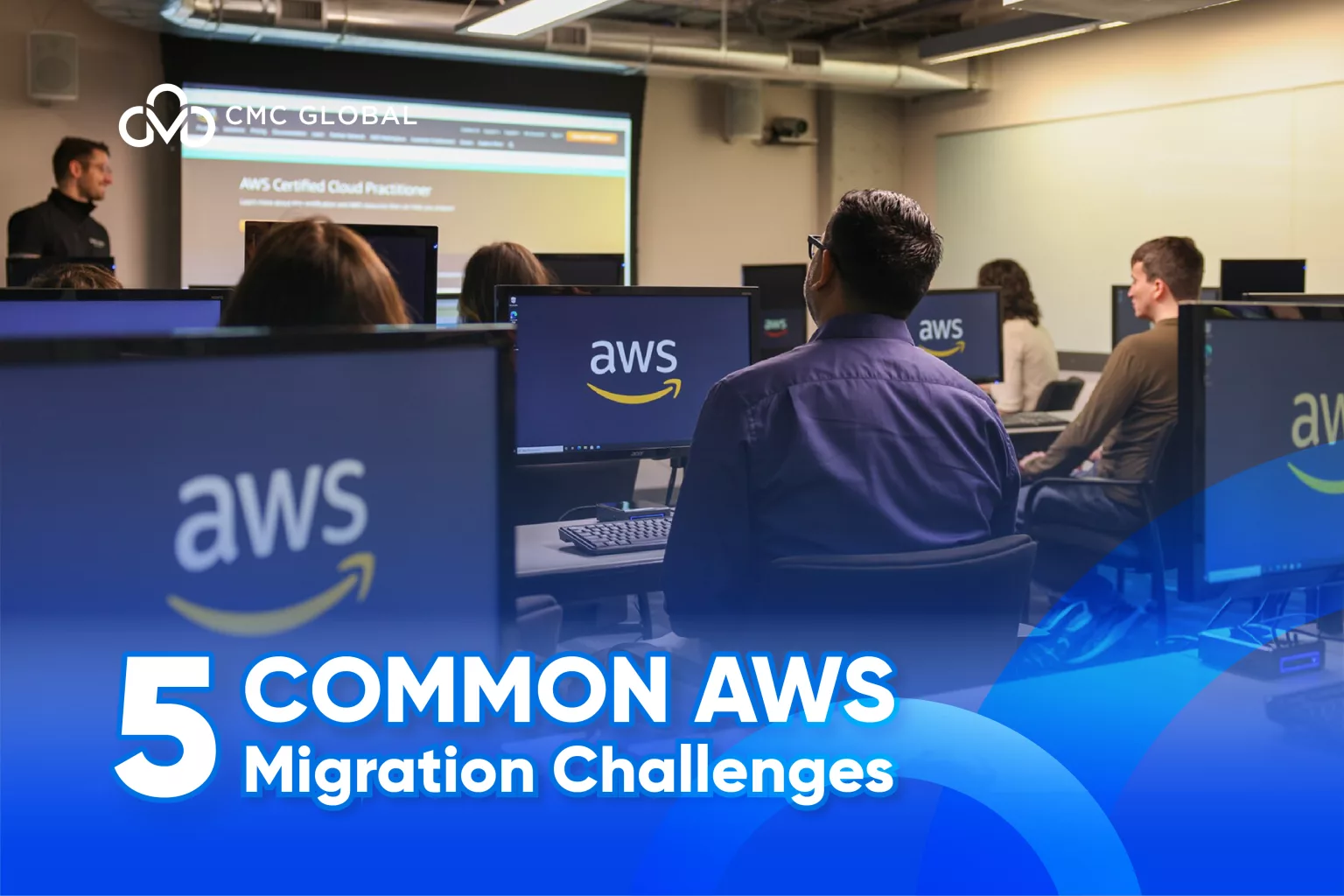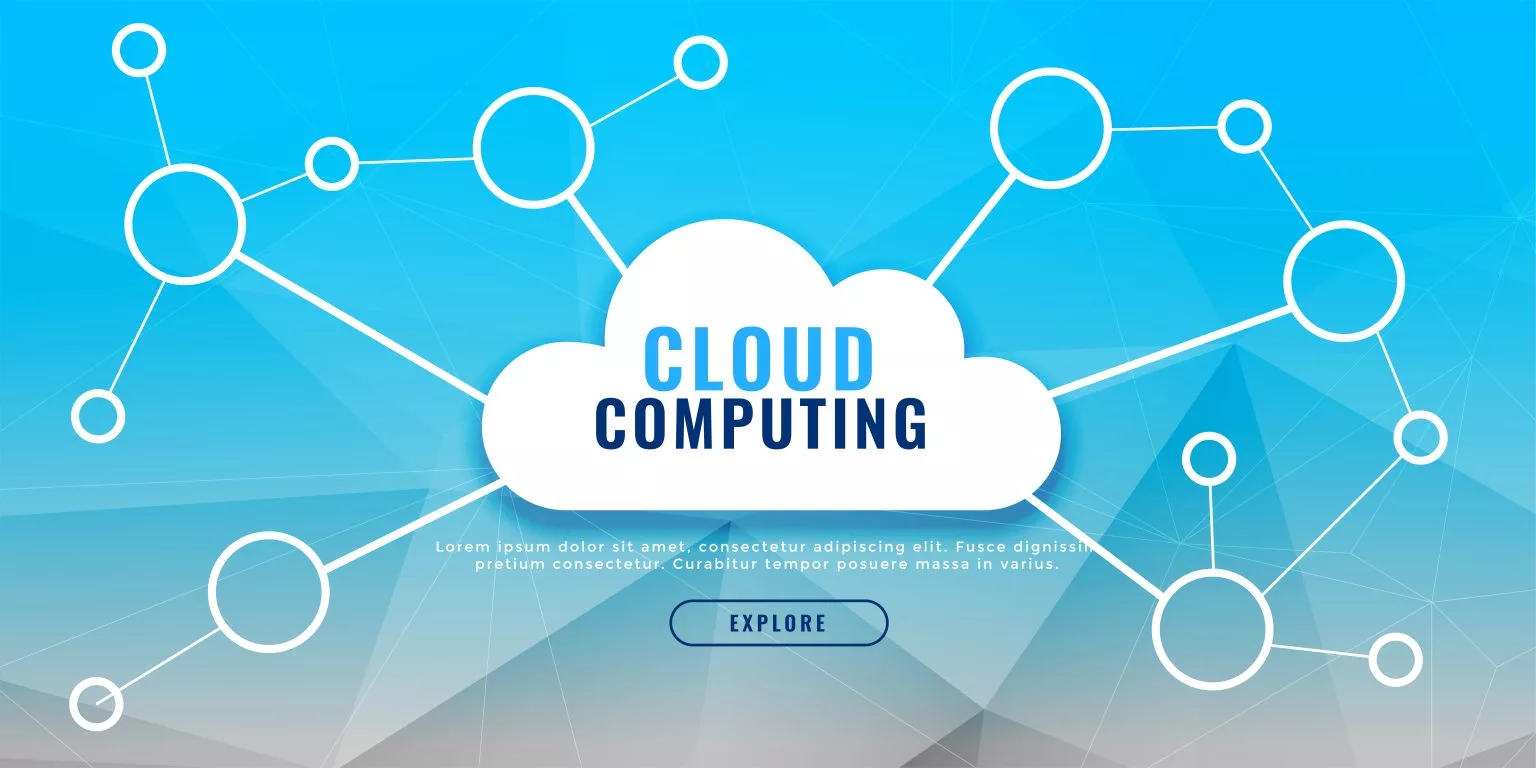Migrating to Amazon Web Services (AWS) can transform your business by enhancing scalability, flexibility, and cost efficiency. However, the journey to the cloud is not without its challenges. In this blog post, we’ll explore five common AWS migration challenges that organizations frequently encounter and solutions to help you navigate the complexities of AWS migration.
5 Common AWS Migration Challenges
Below, we delve into five of the most common AWS migration challenges and explore strategies to overcome them.

#1 Managing Your Cost
Challenge
Many organizations transition to the cloud without defining clear KPIs for anticipated spending or savings post-migration. This lack of clarity makes it challenging to assess the economic success of the migration. Additionally, cloud environments are fluid, and costs can fluctuate quickly as new services are adopted or applications are scaled.
Solution
Before migrating, develop a clear business case to understand the potential savings or additional costs associated with the cloud migration, considering the new capabilities gained over on-premise solutions. Create an economic model to forecast AWS spending across applications, services, and projects. Using an AWS calculator can help you accurately plan your budget. Since real-world outcomes often differ from initial models, continuously monitor costs, identify deviations from the original cost model, and address them promptly to avoid major surprises.
#2 Plan for Security
Challenge
While cloud environments can match the security of on-premise setups, their security strategies and properties differ significantly. This transition can create a “security vacuum” as applications move to the cloud without bringing along existing security tools and strategies.
Solution
Outline the security and compliance requirements for all applications involved in your migration project. Identify AWS services and solutions that can offer security measures equal to or better than your current on-premise setup. Integrate these services into your deployment plan, ensuring every application, even during development and testing phases, is equipped with the necessary security measures. Refer to Amazon’s cloud security guidelines for more information.
#3 Moving On-Premise Data and Managing Storage on AWS
Challenge
How can you efficiently transfer data from your on-premise setup to the cloud? Ensuring a smooth user experience is crucial, as higher latency and inadequate bandwidth can negatively impact application performance. Additionally, enterprises must focus on maintaining data resiliency and high availability in the cloud. Centralized monitoring and operations are also essential, as some monitoring tools may cause fragmented visibility between on-premises and AWS environments.
Solution
To overcome these challenges, consider AWS solutions like AWS Direct Connect, which provides highly resilient, dedicated connections between your Virtual Private Cloud (VPC) and on-premise infrastructure. This can help synchronize operations and establish a centralized point of visibility. Additionally, use Amazon CloudWatch to minimize the migration’s impact on user experience. CloudWatch enables real-time identification of performance issues, allowing you to address problems before they affect users.
#4 Log Analysis and Metric Collection
Challenge
After migrating to AWS, the highly scalable and dynamic environment can render your previous logging and monitoring strategies obsolete. Centralizing data becomes critical, as analyzing logs from machine images that shut down yesterday isn’t feasible.
Solution
Ensure that logs from applications, AWS services, and S3 buckets are centrally stored and monitored. Utilize Amazon CloudWatch and refer to Amazon’s reference architecture for centralized logging with CloudWatch, Lambda, and Cognito to streamline this process.
#5 Resiliency for Compute and Networking Resources
Challenge
Ensuring high availability and resilience for applications hosted on AWS is essential. Since cloud machine instances are not permanent, preserving application state when transitioning between instances is crucial. Additionally, maintaining resilient connectivity to ensure constant network access for cloud workloads is vital.
Solution
For compute resources, consider using reserved instances to maintain long-term ownership of your machine instances, though this comes with additional costs. Implement replication or use services like Elastic Beanstalk to manage deployment and availability. For networking, if operating within a Virtual Private Cloud (VPC), utilize Amazon’s active/standby IPSec tunnels and the AWS Direct Connect service, which provides a direct connection from your enterprise network to the VPC. Combining both ensures highly resilient networking.
Consider going cloud native?

Optimizing retail performance in today’s dynamic market requires strategic partnerships that harness cutting-edge technology to drive efficiency and customer satisfaction. By collaborating with an AWS Advanced Tier Services Partner like CMC Global, retailers can streamline operations, optimize the supply chain, deliver personalized experiences, and stay agile in an ever-changing market, ultimately driving growth and success in the retail industry.
CMC Global’s expertise in cloud solutions and its track record in enabling businesses to harness the power of modern technology aligns well with the retail sector’s evolving demands. By choosing CMC Global as a partner, retailers can unlock the following benefits to improve their retail performance:
- Scalable infrastructure
- Cost Efficiency
- Supply Chain Optimization
- Data Analytics and Insights
- Personalized Customer Experiences
Contact us for further consultation.




